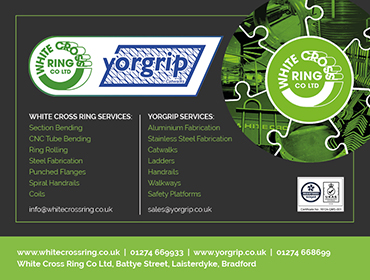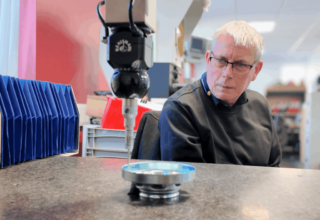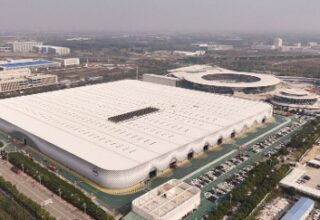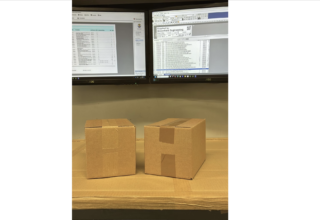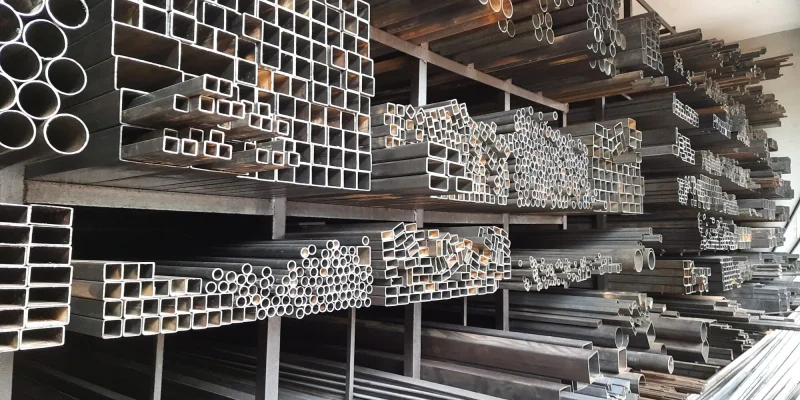
When the Industrial Revolution forged ahead in the 19th century, steel emerged as the material that would forever transform our built environment. The Crystal Palace giant glass-and-iron exhibition hall in Hyde Park of 1851, hinted at what was possible, but the development of reliable steel framing truly liberated architects from the constraints of load-bearing walls.
Suddenly, buildings could soar to unprecedented heights, with interior spaces defined by design intent rather than structural necessity. The steel skeleton allowed for the birth of the modern skyscraper, from early pioneers like the Wainwright Building to contemporary London landmarks such as The Shard. This revolutionary material provided architectural possibilities that were previously unimaginable.
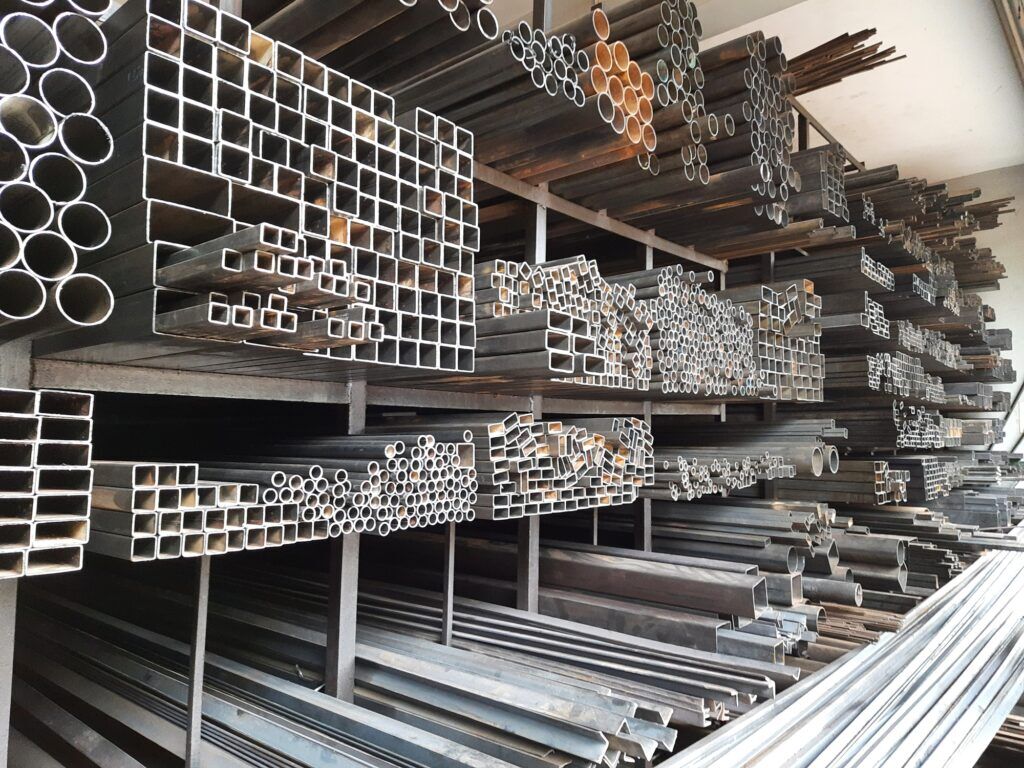
Traditional Materials: Enduring Beauty and Time-Tested Performance
Traditional building materials, such as stone, brick, and timber, carry a timeless appeal that means they will never go out of style. The golden limestone of Bath, the distinctive red brick of Manchester, and the oak-framed structures of rural England all speak to regional identity in ways that steel cannot easily replicate. These materials weather gracefully, developing character over decades rather than deteriorating.
Traditional materials also offer sensory qualities that many architects prize, the cooling touch of stone on a summer’s day, the acoustic warmth of timber, or the textural variation of handmade bricks. Their thermal mass can provide natural climate control, reducing dependency on mechanical systems. Advances in engineered timber, particularly cross-laminated timber (CLT), have revitalised wood construction for larger buildings, combining traditional material aesthetics with improved performance.
Design Flexibility Compared
When it comes to pure structural capability, steel stands apart. Its remarkable strength-to-weight ratio allows architects to create spans and cantilevers that would be impossible with traditional materials. While stone and concrete excel in compression, they require substantial mass to achieve structural stability. A steel beam can span 30 metres with minimal depth, depending on the load it needs to support, whereas a concrete equivalent would demand significantly more material and weight.
This structural efficiency means steel structures can create column-free exhibition spaces, dramatic overhangs, and flexible floor plans that can be reconfigured as needs change. Traditional materials typically impose more rigid structural grids, with walls and columns dictating spatial arrangements. While skilful architects can work within these constraints, steel offers more options for innovation.
The Sustainability Question
The environmental debate between steel and traditional materials presents a complex picture. Steel production is energy-intensive, generating significant carbon emissions initially. However, steel’s recyclability is unmatched: today’s structural steel often contains 25-100% recycled content, and at end-of-life, it can be recycled repeatedly without quality degradation.
Timber offers the lowest carbon footprint when responsibly sourced, sequestering carbon throughout its lifetime. Stone and brick have high durability and minimal processing requirements, but their extraction can impact landscapes. Concrete remains problematic due to cement production emissions, though innovations in low-carbon alternatives are promising.
Each material presents environmental trade-offs that must be weighed in context. The most sustainable approach often involves using each material where its properties are most advantageous, rather than dogmatic adherence to a single solution.
Steel’s Edge in the Architectural Toolkit
While every building material has its place, steel offers architects the greatest design flexibility in the contemporary context. Its unprecedented strength allows for dramatic formal expressions and spatial arrangements that other materials simply cannot achieve. The precision of steel fabrication, with modern manufacturing tolerances measured in millimetres, enables complex geometries and connections that would be impractical in traditional materials.
Steel’s versatility extends to rapid construction timeframes, adaptability for future modifications, and compatibility with prefabrication—all increasingly important in our fast-changing world. It can be expressed honestly in its raw form or clad in any material to achieve the desired aesthetics.
Although traditional materials will continue to be vital to our architecture, particularly where their sensory qualities, cultural resonance or specific performance characteristics are valued, steel remains the material that gives architects maximum freedom to push boundaries and realise ambitious visions. When design flexibility is the primary consideration, steel stands supreme.









